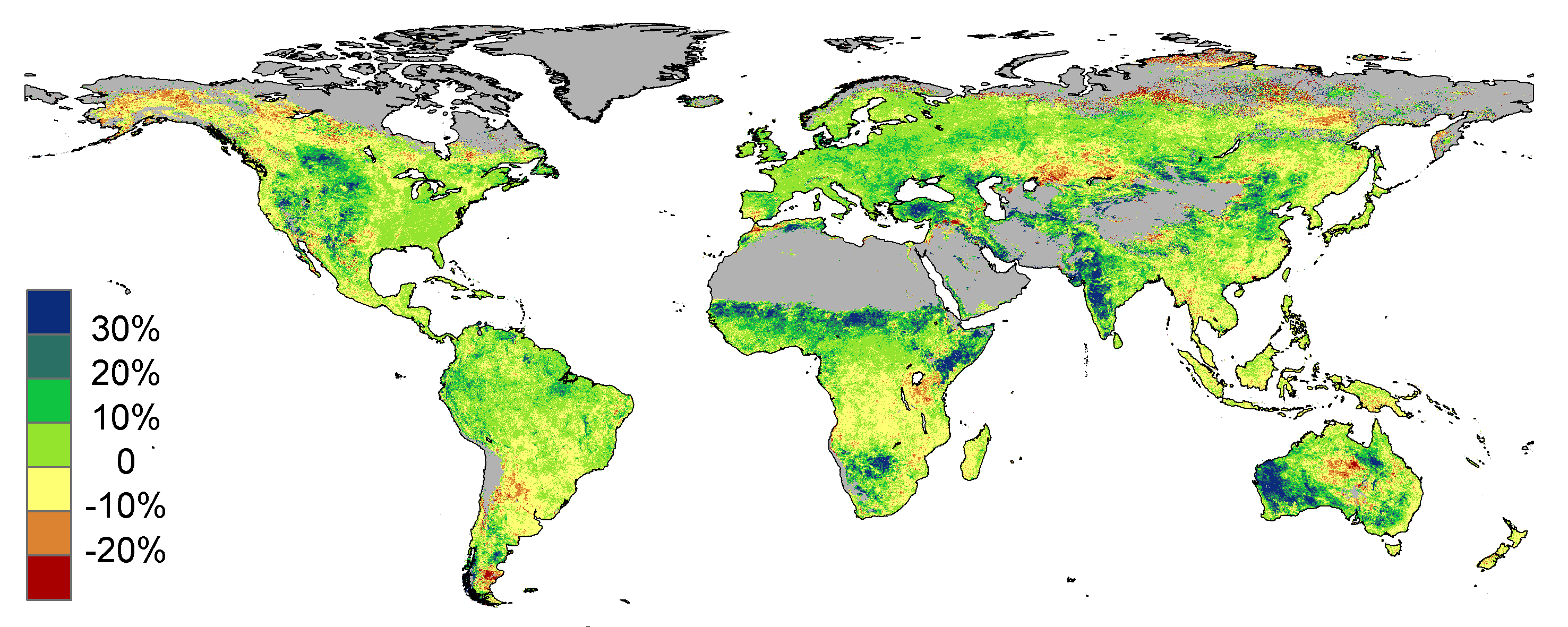Australian research shows global greening
Researchers from the Australian National University have teamed up with CSIRO scientists in an effort to survey global foliation data spanning nearly thirty years.
The research teams combed mountains of data and have come to a surprising conclusion; it seems increased levels of carbon dioxide have helped boost green foliage across the world’s arid regions, through a process called CO2 fertilisation.
The findings were based on satellite observations from 1982 to 2010 in arid regions of Australia, North America, the Middle East and Africa. CSIRO research scientist Dr Randall Donohue said “while a CO2 effect on foliage response has long been speculated, until now it has been difficult to demonstrate... our work was able to tease-out the CO2 fertilisation effect by using mathematical modelling together with satellite data adjusted to take out the observed effects of other influences such as precipitation, air temperature, the amount of light, and land-use changes."
The fertilisation effect occurs when elevated CO2 enables plants to extract extra nutrients during photosynthesis, at the loss of less H2O.
"On the face of it, elevated CO2 boosting the foliage in dry country is good news and could assist forestry and agriculture in such areas; however there will be secondary effects that are likely to influence water availability, the carbon cycle, fire regimes and biodiversity, for example," Dr Donohue said, "ongoing research is required if we are to fully comprehend the potential extent and severity of such secondary effects."
CSIRO's Sustainable Agriculture Flagship, Water for a Healthy Country Flagship, the Australian Research Council and Land & Water Australia funded the revealing research. It has been published in the US Geophysical Research Letters Journal.








 Print
Print